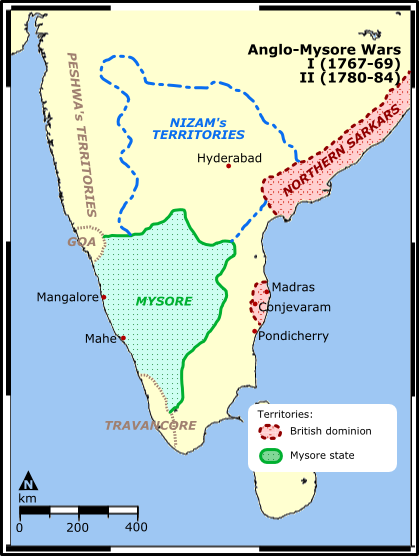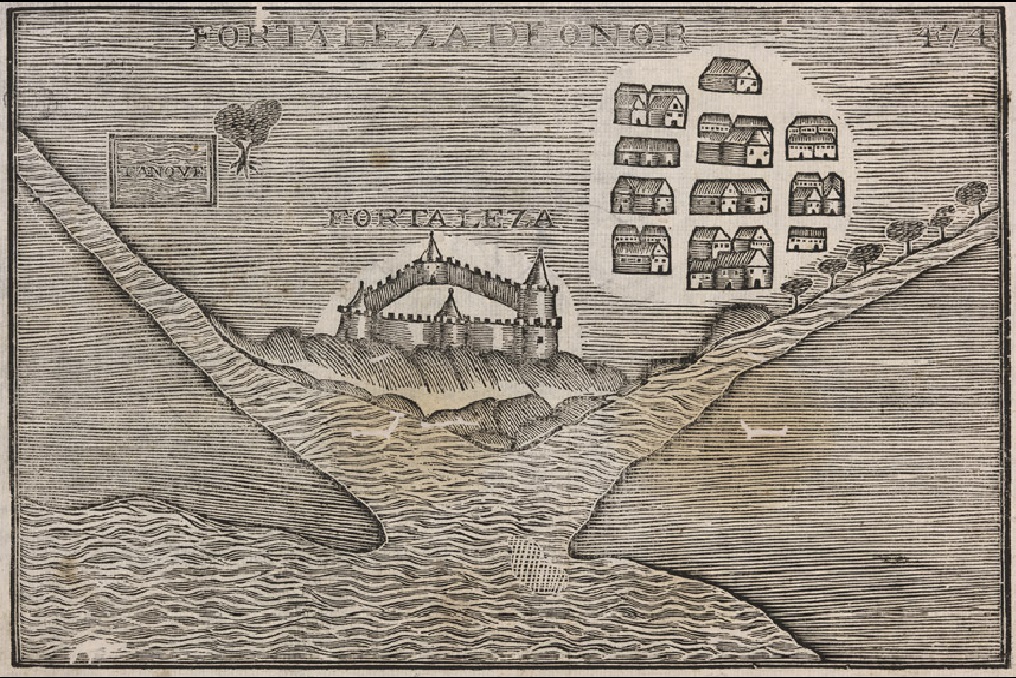|
Richard Matthews (soldier)
General Richard Matthews (d. 1783) was a soldier who fought with the Army of the East India Company. He fought in the Second Anglo-Mysore War (1780-84). Bednore After initial successes in seizing the forts of Rajamundroog and Mirjan (Merjee) before moving on and taking Honnavar (Onore). Matthews was ordered to advance on Bednore. Following the death of Hyder Ali, the commander of Bednore, Hyat Sahib, the Mysore commander had learnt that Tipu Sultan Tipu Sultan (born Sultan Fateh Ali Sahab Tipu, 1 December 1751 – 4 May 1799), also known as the Tiger of Mysore, was the ruler of the Kingdom of Mysore based in South India. He was a pioneer of rocket artillery.Dalrymple, p. 243 He int ... intended to remove him from command, surrendered to Matthews. References {{reflist 1783 deaths ... [...More Info...] [...Related Items...] OR: [Wikipedia] [Google] [Baidu] |
East India Company
The East India Company (EIC) was an English, and later British, joint-stock company founded in 1600 and dissolved in 1874. It was formed to trade in the Indian Ocean region, initially with the East Indies (the Indian subcontinent and Southeast Asia), and later with East Asia. The company seized control of large parts of the Indian subcontinent, colonised parts of Southeast Asia and Hong Kong. At its peak, the company was the largest corporation in the world. The EIC had its own armed forces in the form of the company's three Presidency armies, totalling about 260,000 soldiers, twice the size of the British army at the time. The operations of the company had a profound effect on the global balance of trade, almost single-handedly reversing the trend of eastward drain of Western bullion, seen since Roman times. Originally chartered as the "Governor and Company of Merchants of London Trading into the East-Indies", the company rose to account for half of the world's trade duri ... [...More Info...] [...Related Items...] OR: [Wikipedia] [Google] [Baidu] |
Second Anglo-Mysore War
The Second Anglo-Mysore War was a conflict between the Kingdom of Mysore and the British East India Company from 1780 to 1784. At the time, Mysore was a key French ally in India, and the conflict between Britain against the French and Dutch in the American Revolutionary War sparked Anglo-Mysorean hostilities in India. The great majority of soldiers on the company side were raised, trained, paid and commanded by the company, not the British government. However, the company's operations were also bolstered by Crown troops sent from Britain, and by troops from Hanover, which was also ruled by Britain's King George III. Following the British seizure of the French port of Mahé in 1779, Mysorean ruler Hyder Ali opened hostilities against the British in 1780, with significant success in early campaigns. As the war progressed, the British recovered some territorial losses. Both France and Britain sent troops and naval squadrons from Europe to assist in the war effort, which widened la ... [...More Info...] [...Related Items...] OR: [Wikipedia] [Google] [Baidu] |
Aghanashini (village)
Aghanashini () is a small village situated on the southern banks of River Aghanashini in the state of Karnataka, India. , Census Village code= 770400 Aghanashini, Uttara Kannada, Karnataka, The river Aghanashini originates at 'Shankara Honda' in the Sirsi city . It is one of the virgin rivers of the world. The water from this river flows unobstructed through the western ghats range and then joins the Arabian Sea. History Rajamundroog Rajamundroog was the name of a redoubt adjacent to Aghanashini. It was a small square fort built of brown stone. At one point it was besieged by Hyder Ali and subsequently was taken by the East India Company during the See also * Uttara Kannada * Districts of Karnataka * Mangalore Mangalore (), officially known as Mangaluru, is a major port city of the Indian state of Karnataka. It is located between the Arabian Sea and the Western Ghats about west of Bangalore, the state capital, 20 km north of Karnataka–Ker ... References ... [...More Info...] [...Related Items...] OR: [Wikipedia] [Google] [Baidu] |
Mirjan Fort
The Mirjan Fort is located on the west coast of the Uttara Kannada district in the southern Indian state of Karnataka. The fort known for its architectural elegance was the location of several battles in the past. It is about from the National Highway 66 (India), National Highway 66 and from Gokarna, India, Gokarna, the famous Hindu pilgrimage centre on the west coast of India. According to the first historical version, Rani Chennabhairadevi of Gersoppa (under the Vijayanagara Empire) was initially credited with building the Mirjan Fort in the 16th century. She ruled for 54 years and also lived in the fort. During her reign, the port at Mirjan, which is to the south east of Karwar, was used for shipping Black pepper, pepper, Potassium nitrate, saltpetre and betel nut to Surat. Gersoppa, a district annexed to Bednur, was famous for the pepper exported from this region. Consequently, the Portugal, Portuguese gave the epithet "Rani, the Pepper queen" ("Rainha de Pimenta" in Portu ... [...More Info...] [...Related Items...] OR: [Wikipedia] [Google] [Baidu] |
Honnavar
Honnavar is a town in Uttara Kannada district of Karnataka, India. History Honnavar is a port town in Coastal Karnataka known for its beautiful landscapes and rich history. The port hosted foreign traders from the Arab world, as well as later from European countries such as Portugal, England and the Netherlands. The 14th century Moroccan traveler Ibn Batutta stopped in the port during his voyage. Portuguese Rule During the Portuguese domination a Fortress was built in the 16th century to protect trade in the Indian Ocean. Later in the 18th the English built warehouses at the port. Transportation ;Rail The Konkan Railway line passes through Honnavar, and its longest bridge is 2.065 km in length and is in Honnavar, over the Sharavati River. ;Sea In October 2013 the Karnataka government announced plans to develop a new port at Honnavar, to be funded by a public–private partnership (PPP) model. ;Inland Water There are proposals for improvements to the Inland Water Tran ... [...More Info...] [...Related Items...] OR: [Wikipedia] [Google] [Baidu] |
Bednore
Nayakas of Keladi (1499–1763), also known as Nayakas of Bednore and Ikkeri Nayakas, were an Indian dynasty based in Keladi in present-day Shimoga district of Karnataka, India. They were an important ruling dynasty in post-medieval Karnataka. They initially ruled as a vassal of the famous Vijayanagar Empire. After the fall of the empire in 1565, they gained independence and ruled significant parts of Malnad region of the Western Ghats in present-day Karnataka, most areas in the coastal regions of Karnataka, and parts of northern Kerala, Malabar and the central plains along the Tungabhadra river. In 1763 AD, with their defeat to Hyder Ali, they were absorbed into the Kingdom of Mysore. They played an important part in the history of Karnataka, during a time of confusion and fragmentation that generally prevailed in South India after the fall of the Vijayanagar Empire. The Keladi rulers were of the Vokkaliga:”Venkatappa. ruled from 1504 to 1551. His son Bhadrappa died be ... [...More Info...] [...Related Items...] OR: [Wikipedia] [Google] [Baidu] |
Hyder Ali
Hyder Ali ( حیدر علی, ''Haidarālī''; 1720 – 7 December 1782) was the Sultan and ''de facto'' ruler of the Kingdom of Mysore in southern India. Born as Hyder Ali, he distinguished himself as a soldier, eventually drawing the attention of Mysore's rulers. Rising to the post of Dalavayi ( commander-in-chief) to Krishnaraja Wodeyar II, he came to dominate the titular monarch and the Mysore government. He became the de facto ruler of Mysore as Sarvadhikari (Chief Minister) by 1761. During intermittent conflicts against the East India Company during the First and Second Anglo–Mysore Wars, Hyder Ali was the military leader. Though illiterate, Hyder Ali concluded an alliance with the French, and used the services of French workmen in raising his artillery and arsenal. His rule of Mysore was characterised by frequent warfare with his neighbours and rebellion within his territories. This was not unusual for the time as much of the Indian subcontinent was then in tur ... [...More Info...] [...Related Items...] OR: [Wikipedia] [Google] [Baidu] |
Mysore
Mysore (), officially Mysuru (), is a city in the southern part of the state of Karnataka, India. Mysore city is geographically located between 12° 18′ 26″ north latitude and 76° 38′ 59″ east longitude. It is located at an altitude of above mean sea level. Mysore is situated at the foothills of Chamundi Hills about towards the southwest of Bangalore and spread across an area of . Mysore City Corporation is responsible for the civic administration of the city, which is also the headquarters of Mysore district and Mysore division. It served as the capital city of the Kingdom of Mysore for nearly six centuries from 1399 until 1956. The Kingdom was ruled by the Wadiyar dynasty, with a brief period of interregnum in the late 18th century when Hyder Ali and Tipu Sultan were in power. The Wadiyars were patrons of art and culture. Tipu Sultan and Hyder Ali also contributed significantly to the cultural and economic growth of the city and the state by planting mulber ... [...More Info...] [...Related Items...] OR: [Wikipedia] [Google] [Baidu] |
Tipu Sultan
Tipu Sultan (born Sultan Fateh Ali Sahab Tipu, 1 December 1751 – 4 May 1799), also known as the Tiger of Mysore, was the ruler of the Kingdom of Mysore based in South India. He was a pioneer of rocket artillery.Dalrymple, p. 243 He introduced a number of administrative innovations during his rule, including a new coinage system and calendar, and a new land revenue system, which initiated the growth of the Mysore silk industry. He expanded the iron-cased Mysorean rockets and commissioned the military manual ''Fathul Mujahidin''. He deployed the rockets against advances of British forces and their allies during the Anglo-Mysore Wars, including the Battle of Pollilur and Siege of Srirangapatna. Tipu Sultan and his father used their French-trained army in alliance with the French in their struggle with the British, and in Mysore's struggles with other surrounding powers: against the Marathas, Sira, and rulers of Malabar, Kodagu, Bednore, Carnatic, and Travancore. Tipu's ... [...More Info...] [...Related Items...] OR: [Wikipedia] [Google] [Baidu] |



_from_Court_Game_of_Geography_MET_DP862917.jpg)

